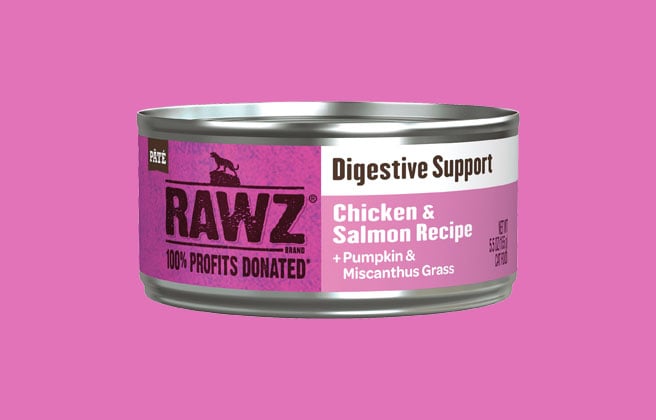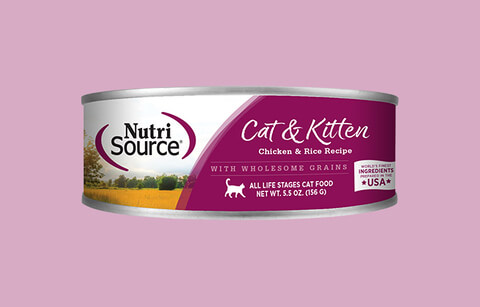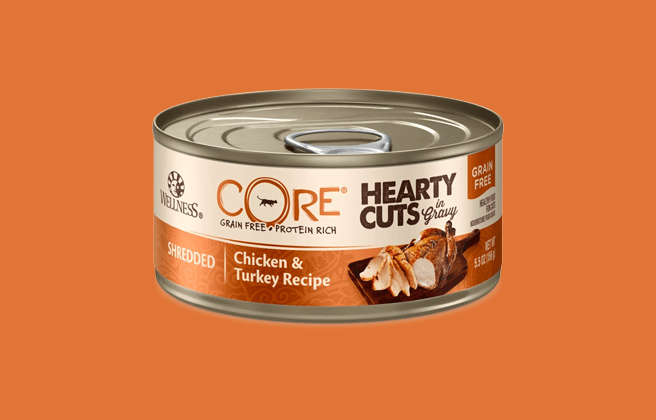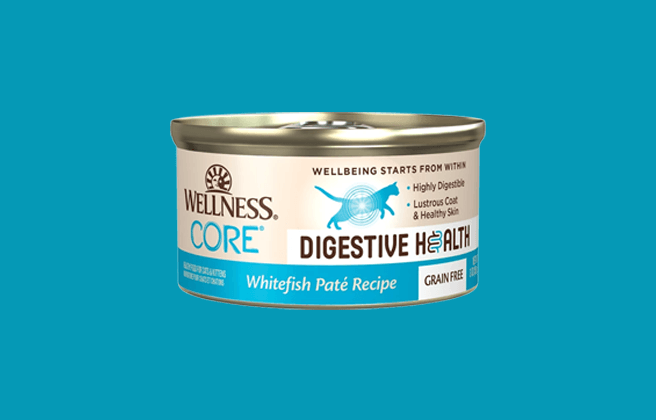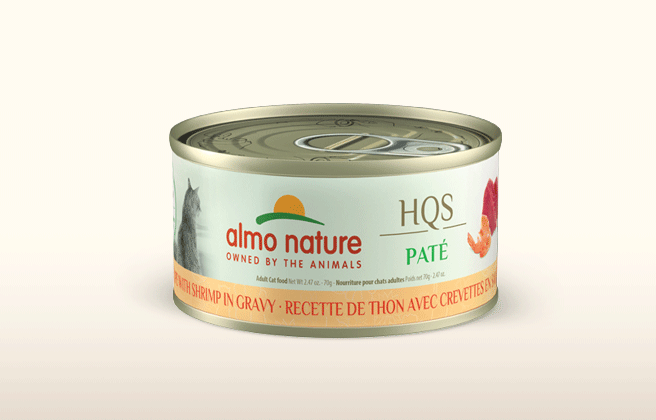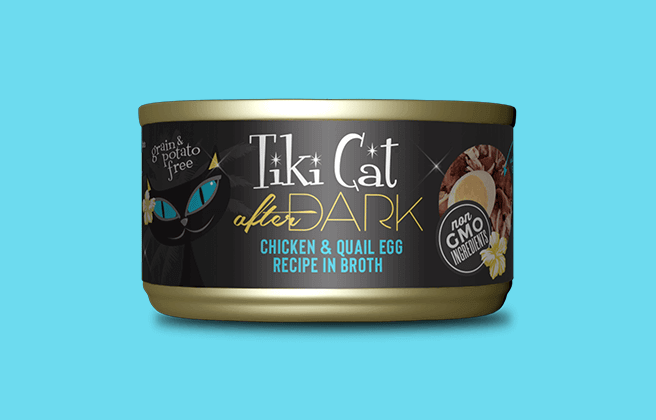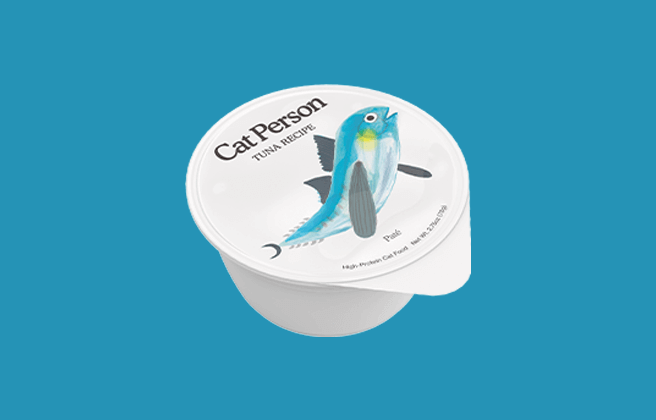
Our Verdict
The Cat Person Pate wet product range is made up of seven recipes which all receive 4 stars.
The range is high in protein, grain-free and relatively low in carbohydrates. It contains vital nutrients essential for a cat’s health and as it only contains one or two animal proteins it is an ideal food for cats with allergies.
Pros
- Packed with animal protein
- High calorie content
- Natural ingredients
Cons
- Expensive and subscription based (although you can buy individually)
The table below shows each recipe in this range including our rating and the AAFCO nutrient profile: Growth (kitten), Maintenance (adult), All Life Stages, Supplemental or Unspecified.
| Product line | Rating | AAFCO |
|---|---|---|
| Cat Person Pate Chicken | 4 | G & M |
| Cat Person Pate Turkey & Chicken | 4 | G & M |
| Cat Person Pate Tuna | 4 | G & M |
| Cat Person Pate Salmon & Tuna | 4 | G & M |
| Cat Person Pate Chicken & Duck | 4 | G & M |
| Cat Person Pate Duck | 4 | G & M |
| Cat Person Pate Beef | 4 | G & M |
Recipe and Label Analysis
Cat Person Tuna Paté was selected to represent the other products in the line for a detailed recipe and nutrient analysis.
Label and nutrient data below are calculated using dry matter basis.
Cat Person Tuna Paté
Estimated Dry Matter Nutrient Content
Protein
Fat
CarbsCarbohydrates
Tuna, fish broth, dried egg, tapioca, sunflower oil, tricalcium phosphate, salt, natural flavor, calcium sulfate, magnesium sulfate, taurine, vitamin E supplement, dried celery, zinc oxide, reduced iron, niacin supplement, thiamine mononitrate, vitamin a supplement, manganese sulfate, vitamin B12 supplement, copper amino acid complex, pyridoxine hydrochloride, calcium pantothenate, riboflavin supplement, biotin, vitamin D3 supplement, folic acid, potassium iodide, menadione sodium bisulfite complex (source of vitamin K activity)
Fiber (estimated dry matter content) = 1%
Red denotes any controversial items
Ingredients Analysis
The first ingredient is tuna. Although it is rich in omega-3 fatty acids, raw tuna contains up to 73% water. After cooking, most of that moisture is lost, reducing the meat content to just a fraction of its original weight. After processing, this item would probably account for a smaller part of the total content of the finished product.
The second ingredient is fish broth. Broths are nutritionally empty. But because they add both flavor and moisture to a cat food they are a common addition component in many canned products.
The third ingredient is dried egg. A dehydrated form of shell-free eggs. Quality can vary significantly. Lower grade egg products can even come from commercial hatcheries — from eggs that have failed to hatch. In any case, eggs are easy to digest and have an exceptionally high biological value.
The fourth ingredient is tapioca. A gluten-free, starchy carbohydrate extract made from the root of the cassava plant.
The fifth ingredient is sunflower oil. Sunflower oil is nutritionally similar to safflower oil. Since these oils are high in omega-6 fatty acids and contain no omega-3s, they’re considered less nutritious than canola or flaxseed oils.
Sunflower oil is notable for its resistance to heat damage during cooking. There are several different types of sunflower oil, some better than others. Without knowing more, it’s impossible to judge the quality of this ingredient.
The sixth ingredient is tricalcium phosphate. A beneficial source of calcium and phosphorus. In addition, this additive is used in wet foods as an emulsifier — an agent designed to disperse a food’s fats more evenly in water.
The seventh ingredient is salt. Salt is a common additive in many dog foods. That is because sodium is a necessary mineral for all animals — including humans. However, since the actual amount of salt added to this recipe isn’t disclosed on the list of ingredients, it is impossible to judge the nutritional value of this item.
The eight ingredient is natural flavor. Natural flavors doesn’t give us much information about the particular ingredients included in this cat food for flavoring purposes.
We’re pleased that the flavorings used are natural, but more details are required to give any further information about these natural flavoring ingredients. Flavorings are used to make the foods more appealing and tasty for our cats.
From here the list goes on to include a number of other items. But to be realistic, ingredients located this far down the list (other than nutritional supplements) are not likely to affect the overall rating of the product.
Nutrient Analysis
Based on its ingredients alone, Cat Person Tuna Paté looks like an above-average wet product.
The dashboard displays a dry matter protein reading of 54.5%, a fat level of 9.1% and an estimated carbohydrate level of 28.4%.
As a group, the brand features an above-average protein content of 48.1% and an above-average fat level of 17.5%. Together these figures suggest a carbohydrate content of 26.4% for the overall product line, alongside a fat-to-protein ratio of 37%.
This means that this Cat Person Paté product line contains higher than average protein, higher than average fat and near average carbohydrate when compared to typical wet cat food
Final Word
Cat Person Paté has higher protein than the industry standard and is grain-free and low in carbohydrates. It does not contain potatoes, corn, rice, wheat, or Vitamins A, B, C, K.
Has Cat Person cat food been recalled in the past?
No. Cat Person has no known history of product recalls.
You can view a complete list of all cat food recalls since 2021 here.
To stay on top of any cat food product recalls, sign up for our free email alerts, here.
About
Cat Person co-founders are Lambert Wang and Jimmy Wu.
The production location for the Cat Person cat food depends on the food type and ingredients. The wet food is made in Thailand so it is just a short distance away from the food supplier that primarily works with human standards. The dry food is manufactured in the United States.
Sources
Best cat foods
We uphold the highest editorial standards when creating the authoritative content pet parents rely on and trust.
Every piece of clinical content on the Cat Food Advisor is reviewed by our certified Veterinary Advisory Board, which consists of licensed veterinarians and medically certified specialists.
Our reviews are completely independent; we are not paid by any pet food company to promote their products favorably. We do not accept money, gifts, samples or other incentives in exchange for special consideration. For more information see our Disclaimer & Disclosure page.






